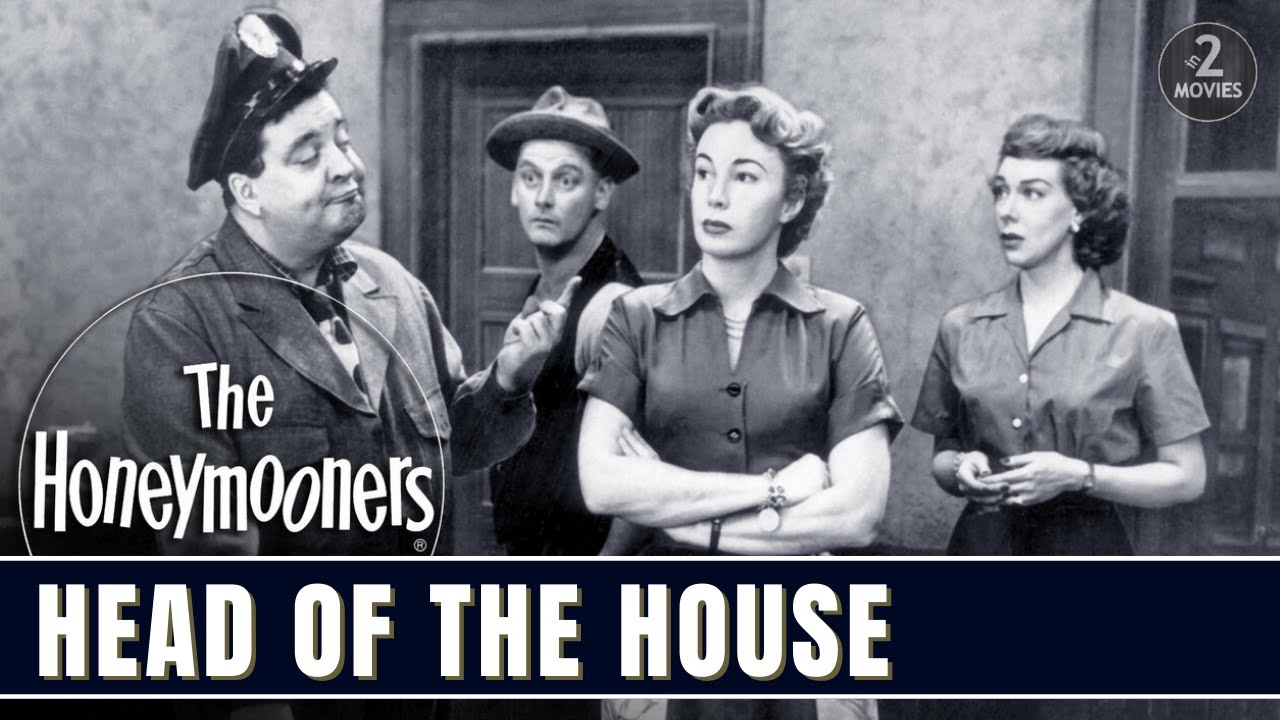"Dobie Gillis" transcends its status as a mere sitcom, delving into realms of profound artistic depth and narrative significance. At its core, the series explores the intricacies of human relationships, the complexities of identity, and the eternal quest for authenticity in a world defined by societal expectations.
(Scroll down for more videos & photos)

One of the most striking aspects of "Dobie Gillis" is its unflinching portrayal of the human condition. Through its ensemble cast of characters, each with their own hopes, dreams, and insecurities, the series offers a multifaceted exploration of the human experience. Dobie himself emerges as a symbol of youthful idealism, grappling with the perennial dilemma of balancing ambition with integrity. His foil, Maynard G. Krebs, serves as a counterpoint, embodying the ethos of nonconformity and individualism in the face of societal pressures.

Moreover, "Dobie Gillis" ventures into thematic territory that was groundbreaking for its time. From issues of class and race to the burgeoning counterculture of the 1960s, the series fearlessly tackles topics that were often considered taboo in mainstream media. By confronting these issues head-on, "Dobie Gillis" not only reflects the social climate of its era but also sheds light on the enduring relevance of these issues in contemporary society.

Central to the series' artistic merit is its nuanced character development. Each character undergoes a journey of self-discovery, grappling with their own fears, desires, and shortcomings. Dobie's quest for love and success, Thalia's search for autonomy and purpose, and Maynard's resistance to societal norms – each arc is imbued with a sense of authenticity and emotional resonance. It is through these richly drawn characters that "Dobie Gillis" achieves its greatest artistic impact, inviting viewers to empathize with the struggles and triumphs of its protagonists.
Furthermore, "Dobie Gillis" excels in its narrative craftsmanship. Max Shulman's sharp-witted dialogue and incisive humor infuse the series with a sense of vitality and dynamism. The episodic structure, while ostensibly lighthearted, serves as a canvas for exploring deeper themes and ideas. Whether grappling with issues of love and friendship or confronting the hypocrisies of society, each episode of "Dobie Gillis" offers layers of meaning and nuance for viewers to unpack and ponder.

In essence, "Dobie Gillis" stands as a testament to the enduring power of television as an artistic medium. Through its exploration of universal themes and its commitment to authenticity and depth, the series transcends the confines of its era, offering timeless insights into the human condition. As we revisit the world of Dobie, Maynard, and Thalia, we are reminded of the profound impact that great storytelling can have – not only entertaining us, but also challenging us to think, feel, and ultimately, to grow as individuals.
Diving into the stills from "The Many Loves of Dobie Gillis," one is immediately struck by the richness and depth of the characters who populate its world. At the forefront is Dobie Gillis himself, portrayed with earnest charm by Dwayne Hickman. Through the lens of still photography, Dobie's journey from wide-eyed adolescent to young adult is laid bare, his hopes, dreams, and insecurities etched into every frame. Whether he's pining after the unattainable Thalia Menninger or scheming to improve his social standing, Dobie's evolution is palpable, reminding viewers of the universal experience of growing up and finding one's place in the world.

Alongside Dobie is his loyal companion, the beatnik rebel Maynard G. Krebs, brought to life with scene-stealing verve by Bob Denver. In still imagery, Maynard's free-spirited nature and disdain for convention shine through, serving as a counterpoint to Dobie's more traditional aspirations. Their friendship, depicted in moments of camaraderie and conflict, is a testament to the enduring power of human connection, regardless of social or cultural differences.
Beyond the characters themselves, the stills from "Dobie Gillis" offer a glimpse into the vibrant world they inhabit. From the bustling streets of the city to the idyllic landscapes of suburbia, each image is imbued with a sense of nostalgia and longing, transporting viewers back to a simpler time. The attention to detail in the show's sets, costumes, and props is evident in every frame, serving as a testament to the craftsmanship and care that went into its production.

Moreover, "The Many Loves of Dobie Gillis" remains relevant for its exploration of timeless themes and universal truths. Whether grappling with issues of love and identity or confronting the hypocrisies of society, the show's narrative depth is evident in every still image. Through its portrayal of Dobie's journey of self-discovery, the series speaks to the universal experience of adolescence – a time of uncertainty, growth, and self-realization.
In addition to its narrative depth, "Dobie Gillis" deserves recognition for its groundbreaking approach to social commentary within the confines of a sitcom format. From its exploration of racial tensions to its critique of consumer culture, the show fearlessly tackled topics that were often considered taboo in mainstream media. In still imagery, these moments of social relevance are preserved for posterity, serving as a reminder of the show's enduring impact on the cultural landscape.

In conclusion, the still imagery from "The Many Loves of Dobie Gillis" serves as a testament to the show's lasting legacy and enduring appeal. Through its richly drawn characters, evocative settings, and timeless themes, the series continues to captivate audiences, inviting them to revisit its world time and time again. As we reflect on the world of Dobie, Maynard, and Thalia, we are reminded of the power of great storytelling to transcend the confines of time and space, leaving an indelible mark on the hearts and minds of viewers for generations to come.
Video Gallery
Photo Gallery





































